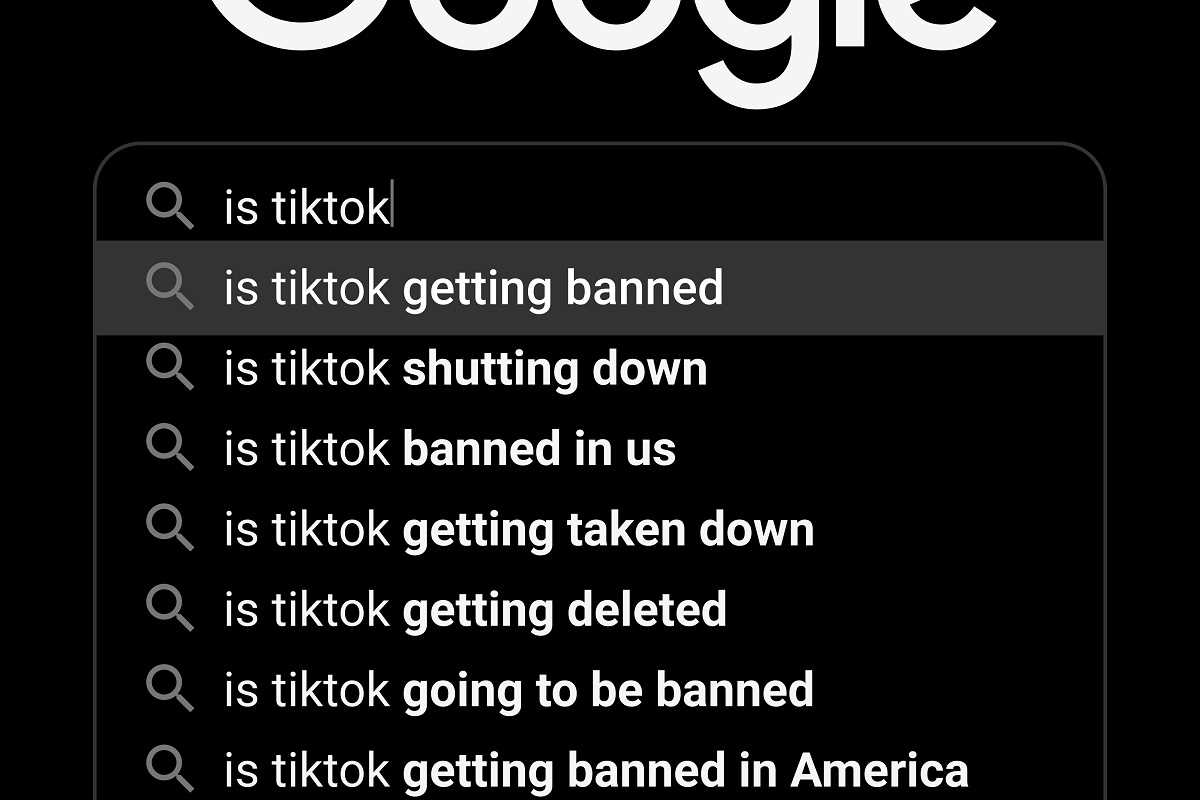Life as a freelancer or gig worker can be incredibly rewarding. You set your own schedule, choose the projects you want, and work wherever you like. But along with these perks comes a unique challenge—managing your finances on an irregular income. While traditional employees rely on steady paychecks, freelancers and gig workers often deal with fluctuating earnings, making budgeting both crucial and tricky.
If you've struggled to maintain financial stability, you're not alone. Fortunately, with the right strategies and habits, you can take control of your finances and build a solid foundation for the future. Here's a roadmap to mastering budgeting techniques that will help you thrive as a freelancer or gig worker.
1. Track Your Income and Expenses
The first step to effective budgeting is knowing exactly where your money is coming from and where it’s going. Freelancers and gig workers often juggle multiple income streams, so tracking earnings is essential.
How to Get Started:
Track Every Penny: Use spreadsheets, apps, or even a notebook to log every payment you receive and every expense you make. Apps like Mint, YNAB (You Need a Budget), or QuickBooks Self-Employed can make this process easier.
Separate Work and Personal Finances: Open a separate bank account for your freelance work so you can easily track which funds are for business and which are for personal use.
By creating a clear view of your financial situation, you'll be able to spot patterns and identify areas where you can cut back. For example, if you’re spending too much on coffee shop visits while working, brewing your own coffee may save you hundreds over a year.
2. Set Realistic Financial Goals
Freelancers often find that setting financial goals gives direction to their earnings. Whether it’s saving for a vacation, paying off debt, or investing in equipment, clear goals help you stay motivated and disciplined.
Tips for Goal Setting:
Break It Down: Instead of saying, “I want to save $10,000 this year,” break it into smaller, monthly targets. For example, aim to save $833 per month.
Prioritize: List your goals in order of importance. Is it more critical to set aside an emergency fund, pay off credit card debt, or save for a new laptop? By focusing on one major goal at a time, you’ll see progress faster.
Having clear goals also makes it easier to decide how to allocate any extra income from a big client payment or a lucrative gig.
3. Create an Emergency Fund
If you’ve been freelancing for a while, you know how unpredictable the work can be. One month could bring in several high-paying clients, while the next month might leave you scrambling for jobs. That’s why having an emergency fund is non-negotiable.
An emergency fund acts as a safety net for slower months, unexpected medical bills, or any unplanned expenses.
How Much to Save:
Aim to save three to six months’ worth of essential expenses. Essential expenses include rent, utilities, groceries, and minimum debt payments.
Start small if saving this much feels overwhelming. Even $500-$1,000 can make a huge difference in a pinch.
Set up a separate savings account and automate contributions to it. Treat this fund as untouchable unless there’s a real emergency.
4. Manage Your Taxes
One of the biggest financial adjustments for freelancers and gig workers is managing taxes. Unlike traditional employees, freelancers must calculate and pay taxes themselves. This can include both federal and state income tax, as well as self-employment tax.
What to Do:
Set Aside Tax Money: A good rule of thumb is to save 25-30% of each payment for taxes. Deposit this money into a separate account dedicated to tax payments.
Pay Quarterly Taxes: If you expect to owe more than $1,000 in taxes for the year, the IRS requires you to pay estimated taxes quarterly. Missing these deadlines can result in hefty penalties.
Keep Records: Save receipts and invoices for work-related expenses like software subscriptions, travel, and office supplies. These expenses may be tax-deductible, reducing your overall liability.
At the end of the year, consider hiring a tax professional familiar with freelance work to ensure you maximize deductions and file correctly.
5. Handle Fluctuating Income
Freelancing means dealing with irregular income, so creating a flexible budget is key. Unlike traditional monthly budgets, yours should focus on essential expenses first, with optional expenses adjusted based on your cash flow.
Tips for Managing Fluctuations:
Know Your Baseline: Calculate your bare minimum monthly expenses—things you absolutely need to survive, such as rent, groceries, utilities, and insurance. This is your financial foundation.
Create Two Budgets: Make one budget for “feast months” (high income) and another for “famine months” (lower income). This lets you scale your lifestyle as needed without skipping essentials.
For example, during feast months, you might budget extra for dining out or meet your savings goals faster. During slower months, you can pull back on non-essentials and lean on your emergency fund if necessary.
6. Use Budgeting Tools and Apps
There’s no need to handle budgeting with pen and paper if that feels overwhelming. Technology has made managing money much simpler for freelancers.
Best Apps for Freelancers:
You Need a Budget (YNAB): An app that helps you allocate every dollar to a specific purpose, so you know exactly where your money is going.
QuickBooks Self-Employed: Great for tracking income, expenses, and mileage—plus, it can generate tax estimates.
Mint: Free to use, Mint connects to your accounts and gives you a snapshot of your financial health.
Experiment with a few tools to find what works best for you. The goal is to make budgeting seamless, not a dreaded chore.
7. Prioritize Expenses
When your income isn’t consistent, it’s even more important to prioritize your spending. Categorize your expenses into “needs,” “wants,” and “luxuries.”
Needs are non-negotiable items like rent, utilities, and groceries.
Wants include things like entertainment or a fitness subscription.
Luxuries are extras like vacations or splurge purchases.
During slow months, focus solely on your needs. During busy months, you can allocate more to wants and luxuries while funneling excess income toward savings or investments.
8. Plan for Retirement
Saving for retirement can feel daunting when you don’t have an employer-sponsored 401(k). But it’s critical for freelancers to plan ahead and take control of their long-term financial security.
Options for Freelancers:
SEP IRA (Simplified Employee Pension): A tax-deferred account designed for self-employed individuals. You can contribute up to 25% of your earnings or $66,000 (whichever is less) as of 2023.
Solo 401(k): Ideal for freelancers with no employees. It allows for higher contribution limits than traditional IRAs.
Roth IRA: Funded with after-tax income, but your withdrawals in retirement are tax-free.
Set up automatic contributions to your retirement account, even if it’s a small amount. Watching your savings grow over time is incredibly motivating!
Mastering your budget as a freelancer or gig worker doesn’t happen overnight, but with the right mindset and tools, you can create a system that works. Start by tracking your income and expenses, build an emergency fund, and prioritize essential costs. Use apps and flexible budgeting techniques to handle fluctuating income while saving for taxes and retirement.
By being intentional with your money, you can reduce financial stress, achieve your goals, and enjoy the freedom that freelancing offers. Financial stability isn’t just possible—it’s within your reach, one smart habit at a time.
 (Image via
(Image via





